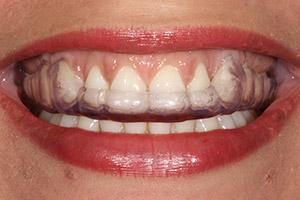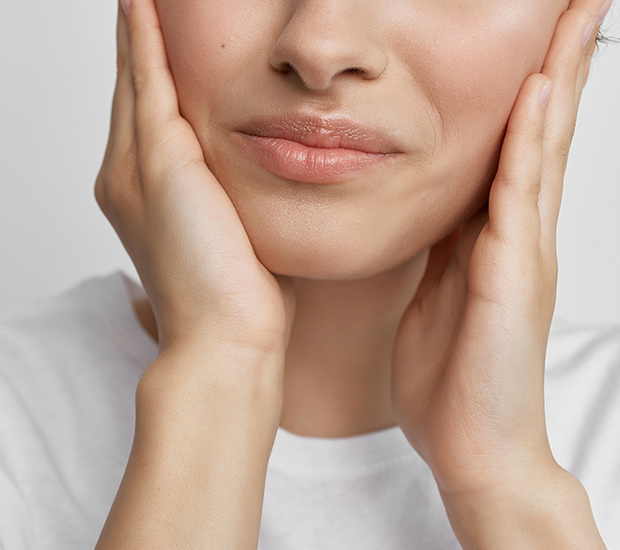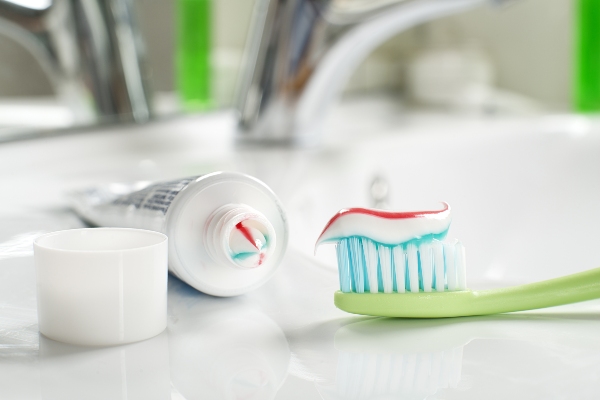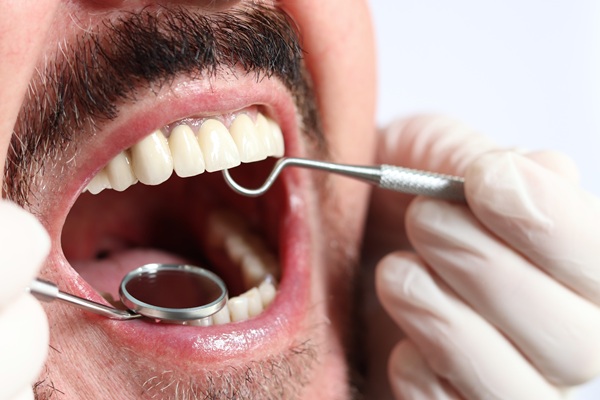TMDSan Jose, CA
Do you have frequent headaches, earaches, tender jaw muscles or a dull, aching facial pain? Does your jaw lock or stray to one side when you open your mouth? These aches and pains may be related to the jaw joint, called the temporomandibular joint or “TMJ,” and the muscles that work to move the joint. These painful conditions are often called “TMD” for temporomanibular disorders.
SIGNS AND SYMPTOMS
TMD is a condition, not a specific disease. Temporomandibular disorders can have many different signs and symptoms, from mild to severe. Some patients may have symptoms but are still able to function fully. TMDs appear to be more common in women. Specific symptoms may include:
- pain in or around the ear
- tender jaw muscles
- clicking or popping noises in the jaw
- difficulty opening or closing the mouth
- facial pain when yawning or chewing
- jaw joints that feel as if they are “locked,” “stuck” or they “go out”
- headaches
WHAT CAUSES TMD?
Several conditions may be linked with TMD. They may include:
- jaw or head injuries
- diseases that affect the muscles or joints, such as arthritis
- teeth grinding
- stress
To determine how best to treat your condition, a complete TMD evaluation is often recommended. Dr. Lim will check the joints and muscles for tenderness, clicking, popping or difficulty moving. Your complete medical and dental history will be reviewed along with updating your current records. Dr. Lim may also request specialize x-rays of the TM joints.
Dr. Madaan has done a three year mini-residency at the TMJ clinic at the University of California, San Francisco. You can have the confidence that Dr. Madaan has the training to diagnose your TMD issues.
HOW THE JAW JOINTS AND MUSCLE WORK
The joints and muscles on each side of the jaw help open and close the mouth. These joints move in many different directions. They allow you to chew, talk, and swallow.
The two temporomandibular joints are among the most complex joints in the body. They work together in a delicate balance with muscles, ligaments, cartilage and your jaw bones. When a problem prevents these parts from working properly, pain may result.
TREATMENT AND MANAGEMENT OPTIONS
There are several ways TMD may be managed. The success of the treatment often depends upon you and Dr. Madaan working together to find what works to relieve your symptoms.
Treatment may involve a series of steps. The step-by-step plan allows you to try simple treatment before moving on to more involved treatment. Experts generally recommend a “less is often best” approach to treating TMJ disorders.
The following self-care practices may be recommended
- easting softer foods or avoiding foods that cause symptoms
- minimize extreme jaw movements, such as yawning, yelling or singing
- avoid chewing gum
- modifying the pain with heat or ice packs
- practicing relaxation techniques to control jaw tension, such as meditation
If necessary, Dr. Madaan may recommend the following to relieve your symptoms:
- exercises to strengthen jaw muscles
- medicines to reduce pain or inflammation, or to help you relax
- a night guard or bite plate to decrease clenching or grinding of teeth
Night Guards

Occlusal guards (also called night guards, splints and bruxing appliances) are made of rigid or semi- rigid materials like laboratory-processed acrylic. They are generally made to be worn over the biting surfaces of either the upper or lower teeth, and are easily inserted and removed by the patient.
Occlusal guards accomplish three main functions:
- Evenly distribute bite forces to protect the teeth from stresses that can crack or wear them abnormally
- Protect the temporomandibular joints (TMJs) from excessive bite stress that can produce pain, damage to the jaw joint components, and dysfunction
- Reduce the heavy forces generated by the jaw-closing muscles.
Occlusal guards can prevent damage to teeth and dental restorations, saving the time, expense and potential discomfort of fixing problems that result from clenching the jaw muscles and grinding the teeth (bruxism). They can also be used to treat patients with temporomandibular joint (TMJ) dysfunction and pain (TMD); and people suffering from jaw/facial muscle discomfort and fatigue (myalgia). It is important to understand how occlusal guards work, to decide whether you are a patient who might benefit from the use of an occlusal guard.
Contact Us
Dental Smiles of Willow Glen is located at 1525 Meridian Ave #104 San Jose, CA 95125.





